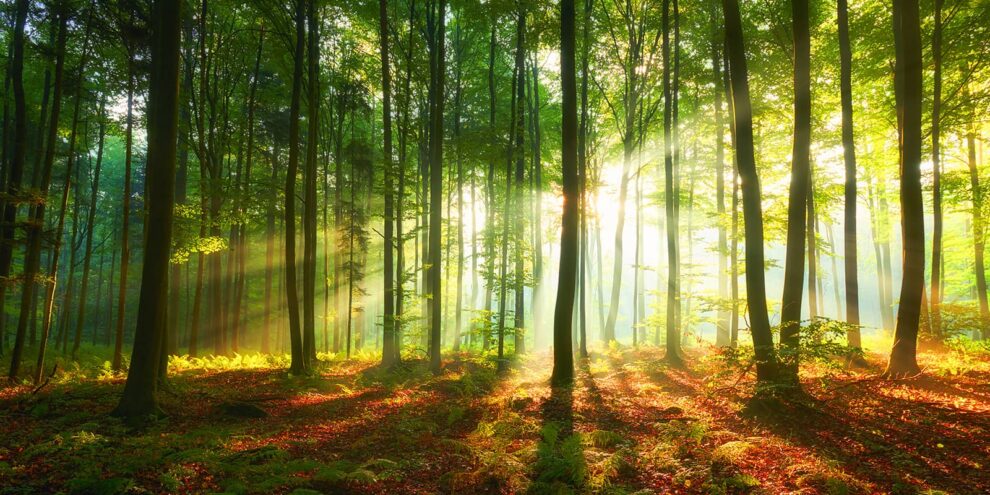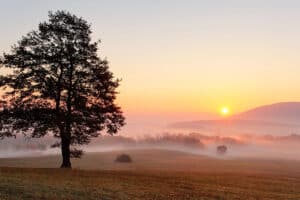Land investment returns come from a variety of income streams: appreciation, commodity crop production, development / division, or land use upgrades. But at the core of the historic rural land investment, long-term returns have come from production of needed commodities like timber, row crops, cattle, fruit, etc. Today, some landowners are even leaning into agroforestry or silvapasture systems focusing on producing multiple crops on the same given acre (pretty exciting but intellectually and capability demanding). Underlying every crop investment system is both the soil itself (with its inherent soil drainage, texture, fertility and structure) and the management systems which leverage the proper soil qualities. Understanding the soils, the crop species requirements, and the optimized crop management systems allows an investor to maximize returns.
In the forest land investment sector, the management decisions that affect production the most (beyond where you choose to operate, i.e. the site and market) are:
- The choice of management system to apply (utilizing natural generation versus artificial tree planting),
- The choice of the specific crop tree species (or mix) and the actual genetic options allocated with that species,
- The stem density management in the system, including the initial stocking numbers and any intermediate thinning harvest targets, and
- The competition and pest control methods to be applied.
These decisions and the integrated effects and timing of these applied treatments will in large part determine the yield units (tons, MBF, cords) produced, the actual products produced (pulp, small or large sawtimber, utility poles, palletwood, etc.) and the responses to environmental risks affecting the forest investment.
Of course, the primary trees species, the contractor availability, and product market mills will vary across the country, but the underlying management principles will not. There will be similar ecological habitat niches (‘site’ types), and there will be some similarities between species that fill these niches, regardless of region. For example, in the southern state of Georgia, on soils ranging from somewhat poorly drained to well drained with average or better fertility, plantation loblolly pine (Pinus taeda) with intensive culture is often the management system of choice for forest investors. On the same site types in Northern Minnesota, Norway pine (Pinus Resinosa; also known as Red pine) may fill the same investment system role. Both species of pine are responsive to proper management activities and produce good quality wood products. Or, consider the higher elevations of North Carolina, where on well-drained, mesic sites investors may use natural regenerated stands of white oak (Quercus alba) and white pine (Pinus strobus) to make a return. This same system may work for moderate elevation sites in Upstate New York (different latitude, but some similarities in climate). Or, consider the lowland swampy areas of Florida or Louisiana where bald cypress (Taxodium distichum) is grown in naturally regenerated systems. On similar wet site types along the Northeastern tier border states, naturally grown tamarack (Larix laricina; also called Eastern Larch) may fill this forest investment role.
What systems and management activities optimize your productivity and returns in your forest investment region? In this running series, we will discuss the factors and decisions that can optimize your productivity and returns from your forest management.
Written by Derek Dougherty, a forest management and forestry research entrepreneur who lives in Georgia and works throughout the Southeast U.S. Derek has a PhD from the University of Georgia Warnell School and 30 years of experience in forestry related endeavors (land investment, timber management, research, tree breeding, seedling production and small-scale sawmilling).
This content may not be used or reproduced in any manner whatsoever, in part or in whole, without written permission of LANDTHINK. Use of this content without permission is a violation of federal copyright law. The articles, posts, comments, opinions and information provided by LANDTHINK are for informational and research purposes only and DOES NOT substitute or coincide with the advice of an attorney, accountant, real estate broker or any other licensed real estate professional. LANDTHINK strongly advises visitors and readers to seek their own professional guidance and advice related to buying, investing in or selling real estate.










Add Comment